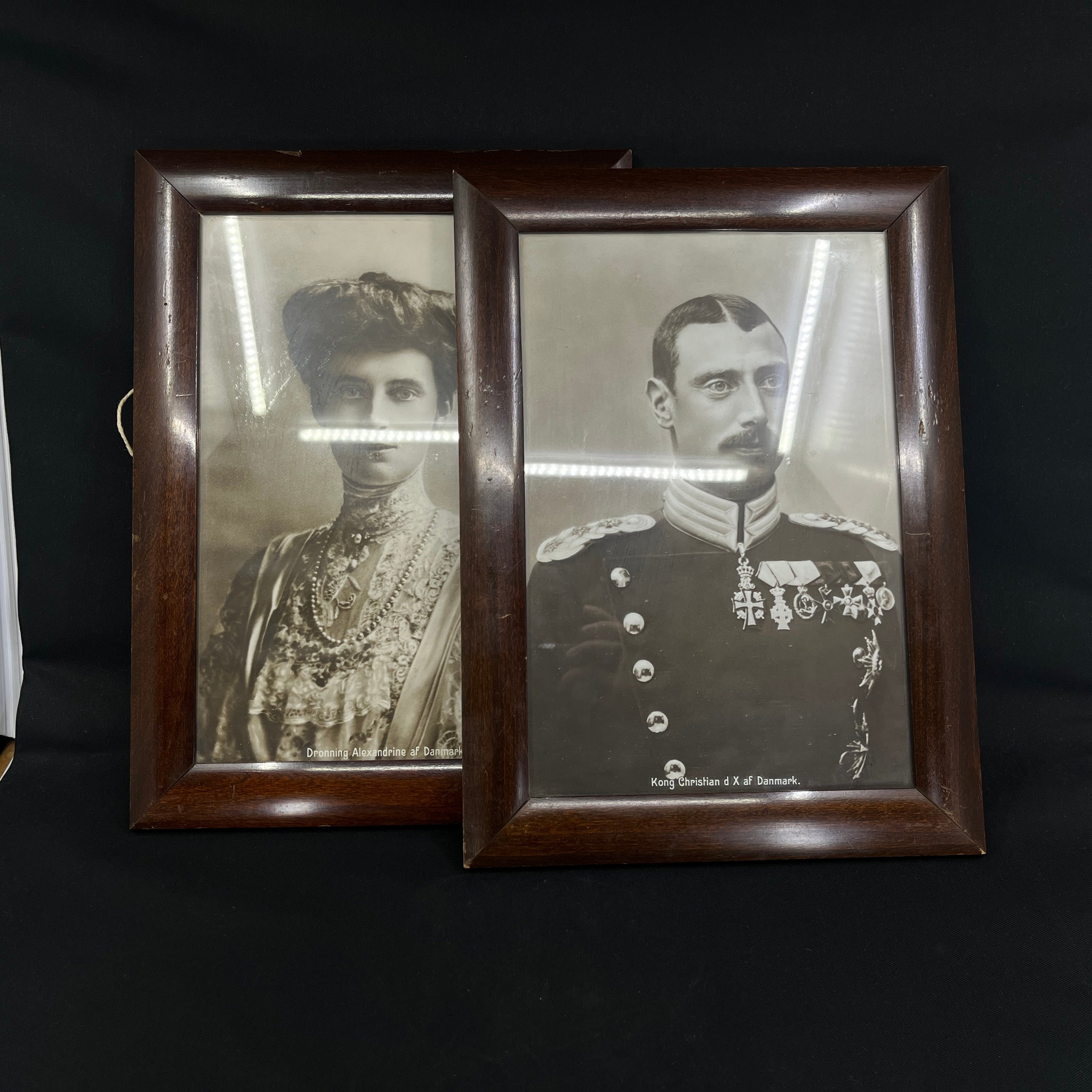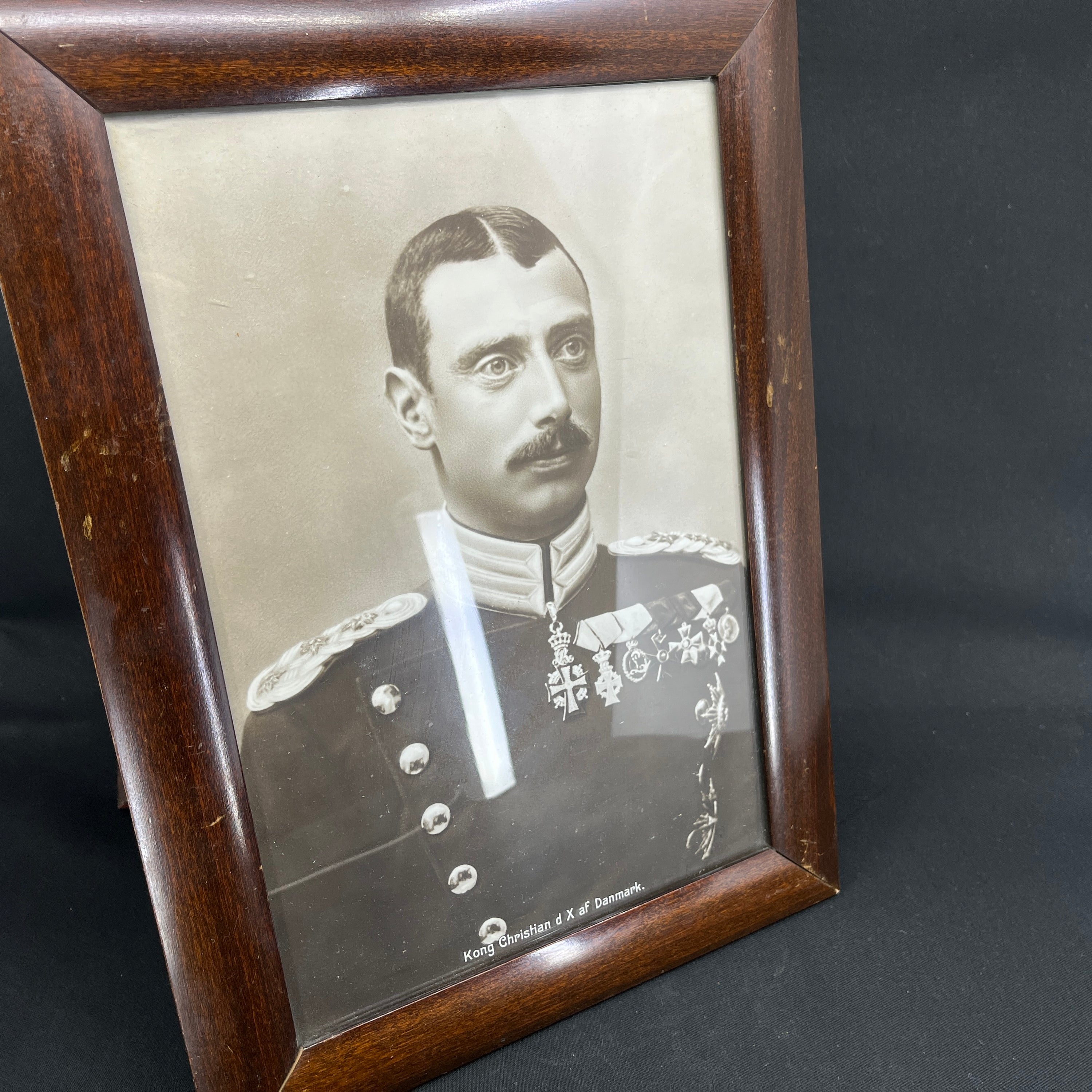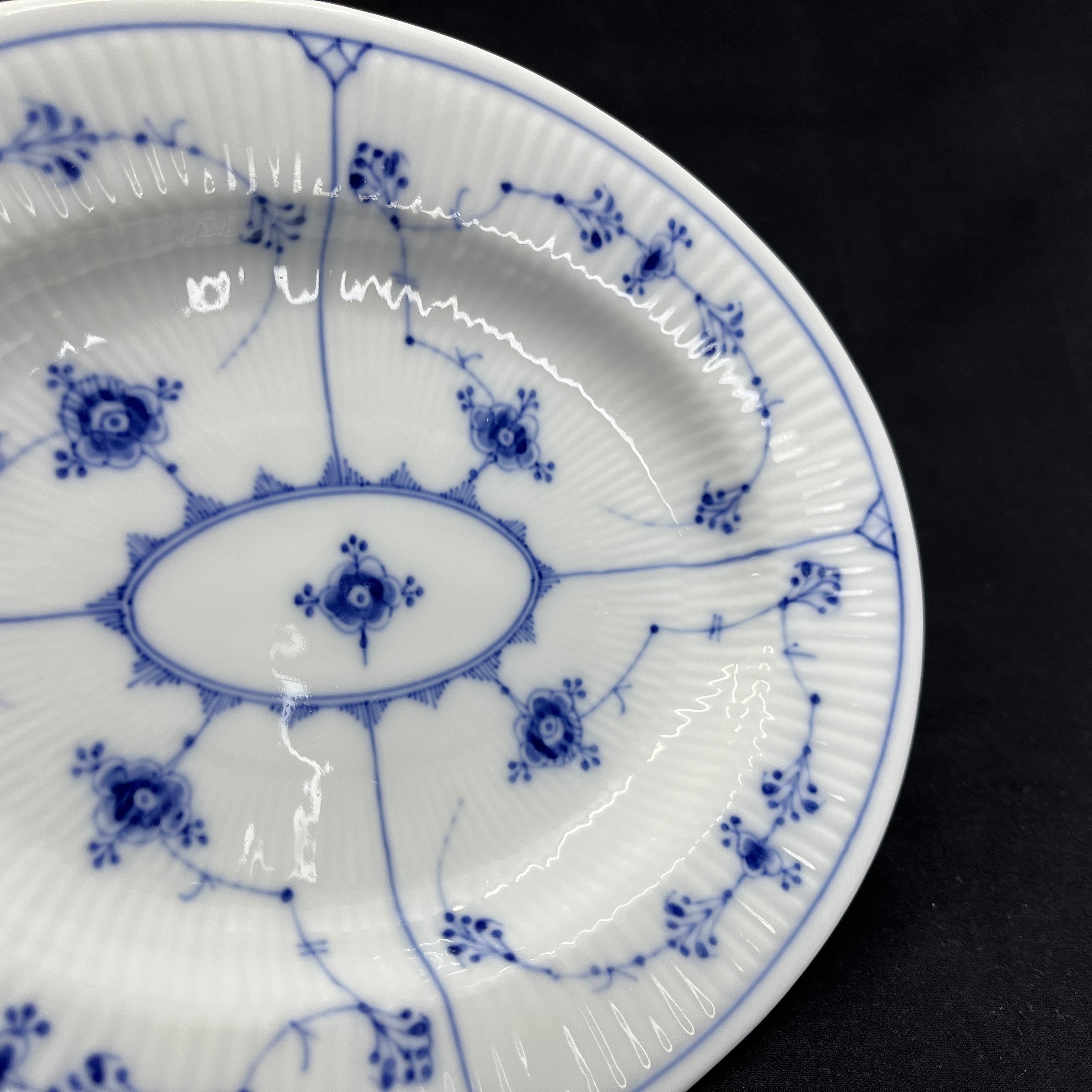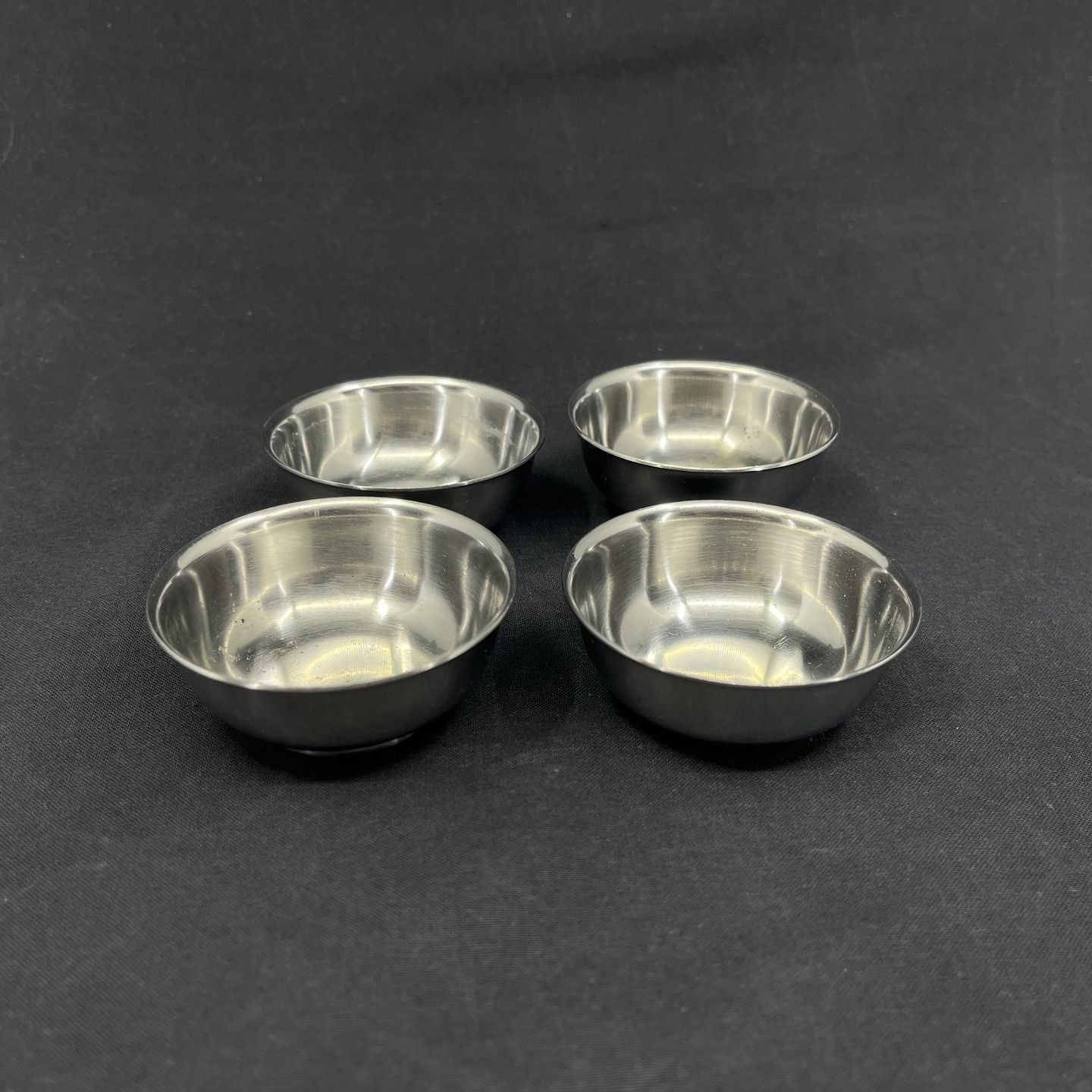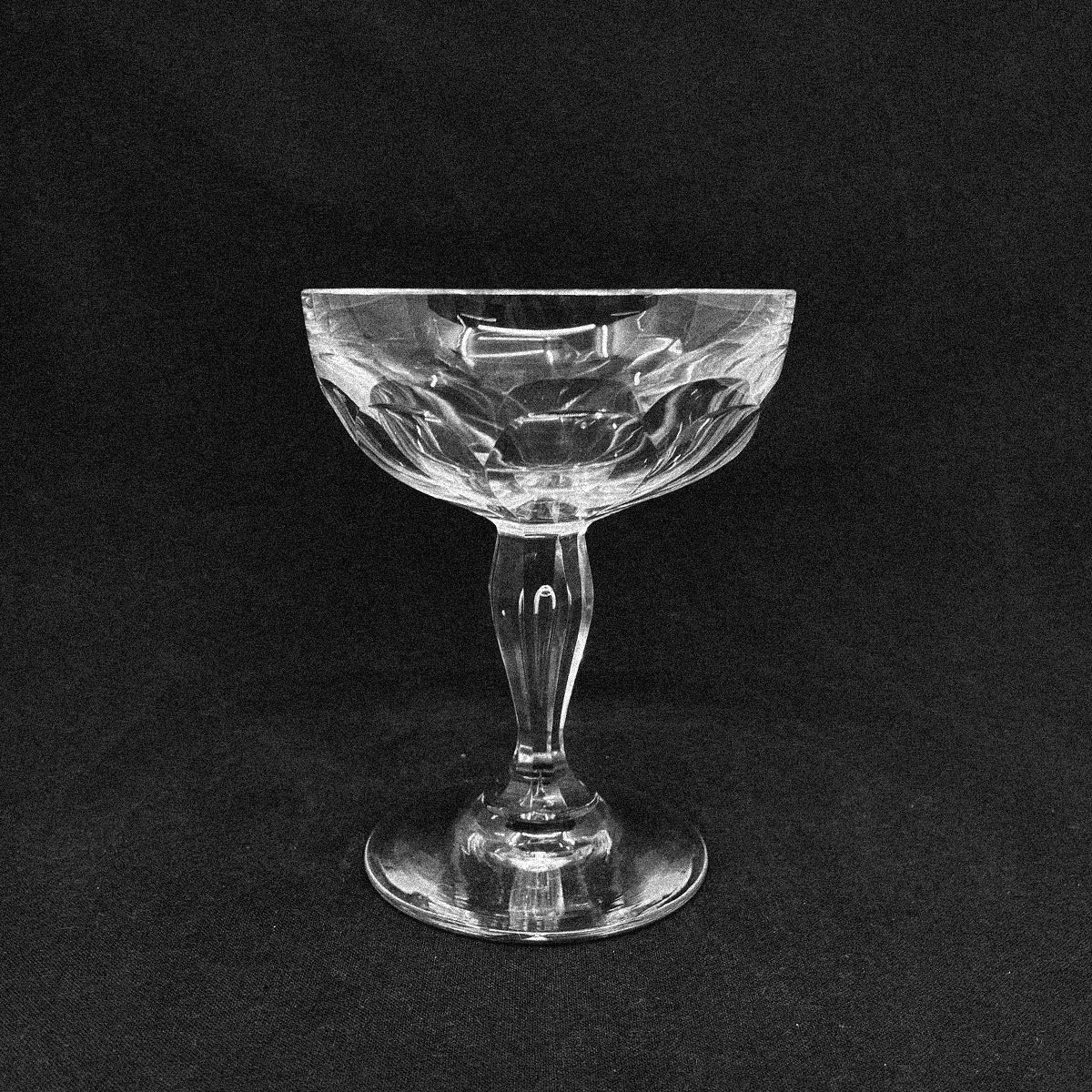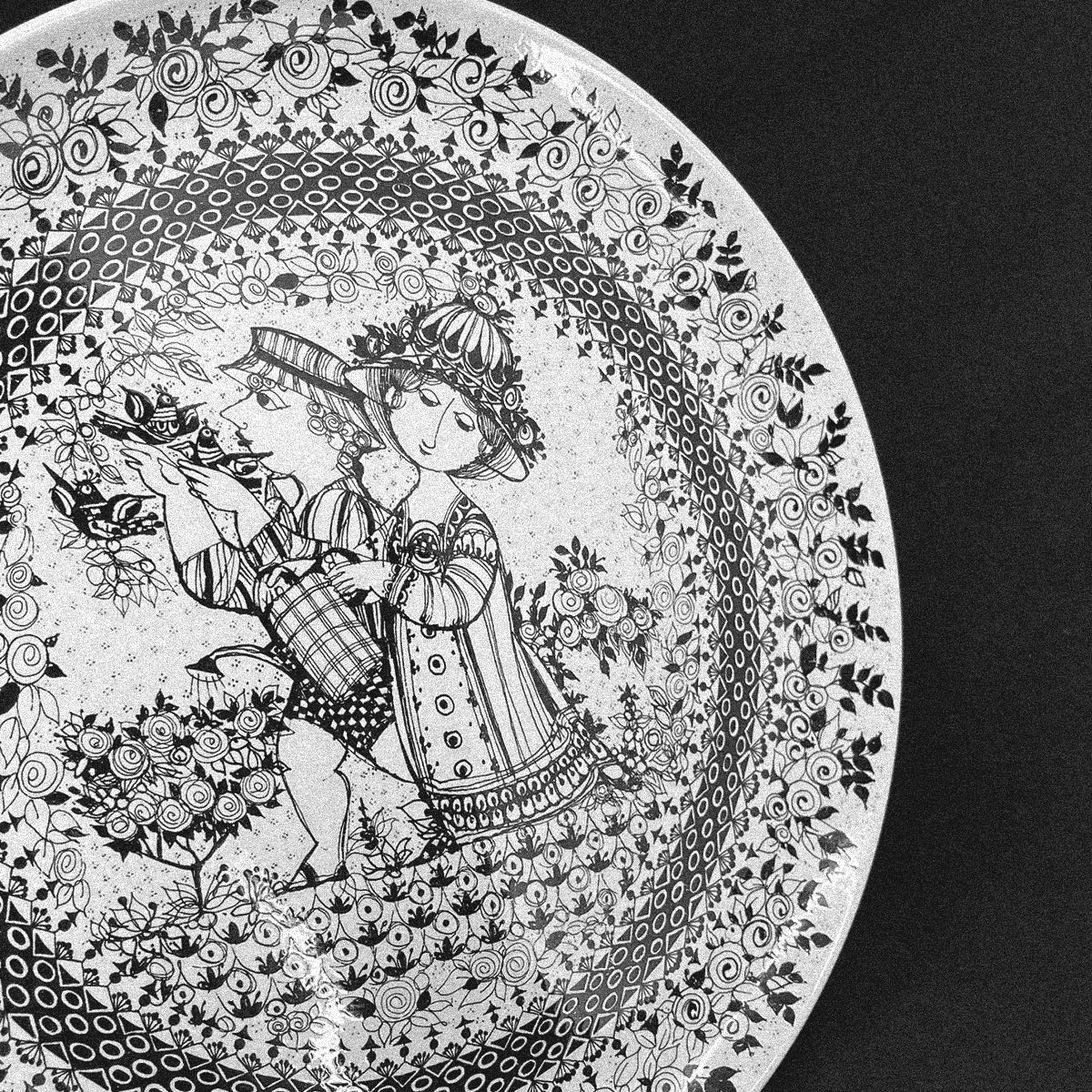Over time, changing trends have left their mark on the Danish tradition of design. Danish design is internationally recognized for its consistent ability to combine aesthetics with function.
The development of Denmark's tradition for lighting, silverware, glass, ceramics and porcelain is gradual, and the range at Harsted Antik is testament to how much has happened in terms of design in our country in just a few hundred years. In the following, we take a closer look at both modern and older designs. We also give you a few good reasons to combine contemporary with classic, aesthetic expressions when decorating your home.
Modern design
Today's Danish design tradition is largely driven by functionality, simplicity and honesty in the choice of materials. This tradition adds a focus on individuality, innovation and sustainability to the field and builds on some of the ideals established in connection with the breakthrough of modernism in the mid-20th century.
Producers like Georg Jensen, DANSK and Stelton are still among the most prominent profiles in this context. All three have long had a fairly broad production focus, but while Georg Jensen, when founded in 1904, took its starting point in silver craftsmanship, kitchenware from the early 1950s was the focus of production at DANSK. Stelton's functional home design became known early after its establishment in 1960 for functional home design and several collaborations with renowned Danish designers such as Erik Magnussen and Arne Jacobsen.
Common to both the three companies mentioned and to many other Danish manufacturers and designers is the urge for development and a continuous search for aesthetic unforgettability and high craftsmanship quality.
Styles and materials
Since the post-war period, the Danish design tradition has drawn on a multitude of different styles, including Scandinavian minimalism, high-tech design and sustainable design. Modernism, organic design and retro or pop design in particular are often well represented at Harsted Antik, and when you browse our website or visit the store, the most commonly used materials of the modern design tradition will also stand out clearly. The materials in modern Danish design are often characterized by an aesthetic balance between the natural and the industrial. Plastic, aluminum, glass and stainless steel form part of the functional side of the tradition, while stone, ceramics and wood are included as warm contrasts. In the field of tension between the soft and the hard, it is found modern design often its characteristic strength. Design in steel, enamel or aluminum is represented at Harsted Antik in particular by works from, for example, Stelton, while newer glass art and ceramic objects from, among others, Holmegaard and Kähler also form a significant part of our range.
Although very modern Danish design is the result of innovation and breakthroughs, it also stands on the shoulders of a long tradition that began several eons ago.
Older designs
The term “older Danish design” is typically used to refer to design objects that were produced before the breakthrough of modernism in the mid-20th century. Characteristics of older Danish design is that it dates from the time before industrialization and mass production seriously changed the field of design.
Danes have been making aesthetically pleasing objects for thousands of years. Crafts, arts and crafts and architecture have long been part of the cultural heritage, but it was not until the 19th century that design consciousness emerged as a separate discipline. The perception of the designer or artist as a brilliant, individual creative subject is a much more recent phenomenon than we tend to think.
Royal Copenhagen – formerly known as the Royal Porcelain Factory – was established in 1775 and is thus one of Denmark’s oldest design companies. Over the following century, Holmegaard Glasværk, Kähler, Bing & Grøndahl, the silversmith Anton Michelsen and Aluminia contributed to the flourishing of the tradition, and when Georg Jensen founded his company at the beginning of the 20th century, Denmark already had a strong tradition of both craftsmanship and arts and crafts. Connoisseurs of Danish design will easily be able to distinguish objects from the different companies. However, certain features also bind older Danish design together as a whole.
Crafts and design
The richness of detail is the most prominent common denominator of Danish design from around 1800 to the first half of the 20th century. Meticulous relief work, hand-glazed surfaces, molded decorations and brushed silver are common in many of the design objects of this period. Several of them were even unique or produced in very limited editions, and this was especially true from 1910 to 1940 – the golden age of Danish design ceramics.
Many dinnerware, glasses, vases, figurines were produced in collaboration between companies and individual artists before and after the breakthrough of modernism. Thus Thorvald Bindesbøll designed organic and highly decorative works for Royal Copenhagen, Aluminia and Georg Jensen around 1900; while Knud Kyhn's collaboration with Royal Copenhagen was later considered a solid elevation of stoneware within Danish handicrafts. The artistic and artisanal weight of the older design works has not lost its relevance – on the contrary, they can contribute to the establishment of both character and contrast in the interior design of the modern home.
New and old in the home
Interior design is not about choosing sides between the new and the old. The goal is a personal and balanced expression, which can often be found precisely in the combination of the two categories. Where modern design is characterized by simple shapes and clean lines, older objects contain details and traces of craftsmanship that can add both soul and resonance to the home. There are no fixed rules for how we can mix old and new. But if you do the right considerations, you will find it easier to make the aesthetics work.
The combination of antiques with modern design
When you combine Danish design across different eras, the result can be both subdued, harmonious and eye-catching. Balance is the key word, and materials, proportions and colors all play an important role. These general tips can make the interior design process a little easier:
• Choose one consistent material, such as wood or glass, as the unifying element
• Let one style be the dominant one and use the others as contrasts
• Repeat colors or shapes across different eras to create a cohesive look
• Use individual, historical objects as eye-catchers in otherwise modern spaces
• Combine older and modern objects in the same function, such as lamps or tableware
Do you need help navigating Harsted Antik's range of both antiques and modern design? Then contact us at email, by phone or in the store on Store Kongensgade.

 850,00 kr
850,00 kr
 900,00 kr
900,00 kr
 750,00 kr
750,00 kr
 1.800,00 kr
1.800,00 kr
 3.000,00 kr
3.000,00 kr
 300,00 kr
300,00 kr
 500,00 kr
500,00 kr
 500,00 kr
500,00 kr
 700,00 kr
700,00 kr
 300,00 kr
300,00 kr
 450,00 kr
450,00 kr
 500,00 kr
500,00 kr
 750,00 kr
750,00 kr
 500,00 kr
500,00 kr
 900,00 kr
900,00 kr
 3.000,00 kr
3.000,00 kr
 200,00 kr
200,00 kr
 1.500,00 kr
1.500,00 kr
 1.800,00 kr
1.800,00 kr
 5.000,00 kr
5.000,00 kr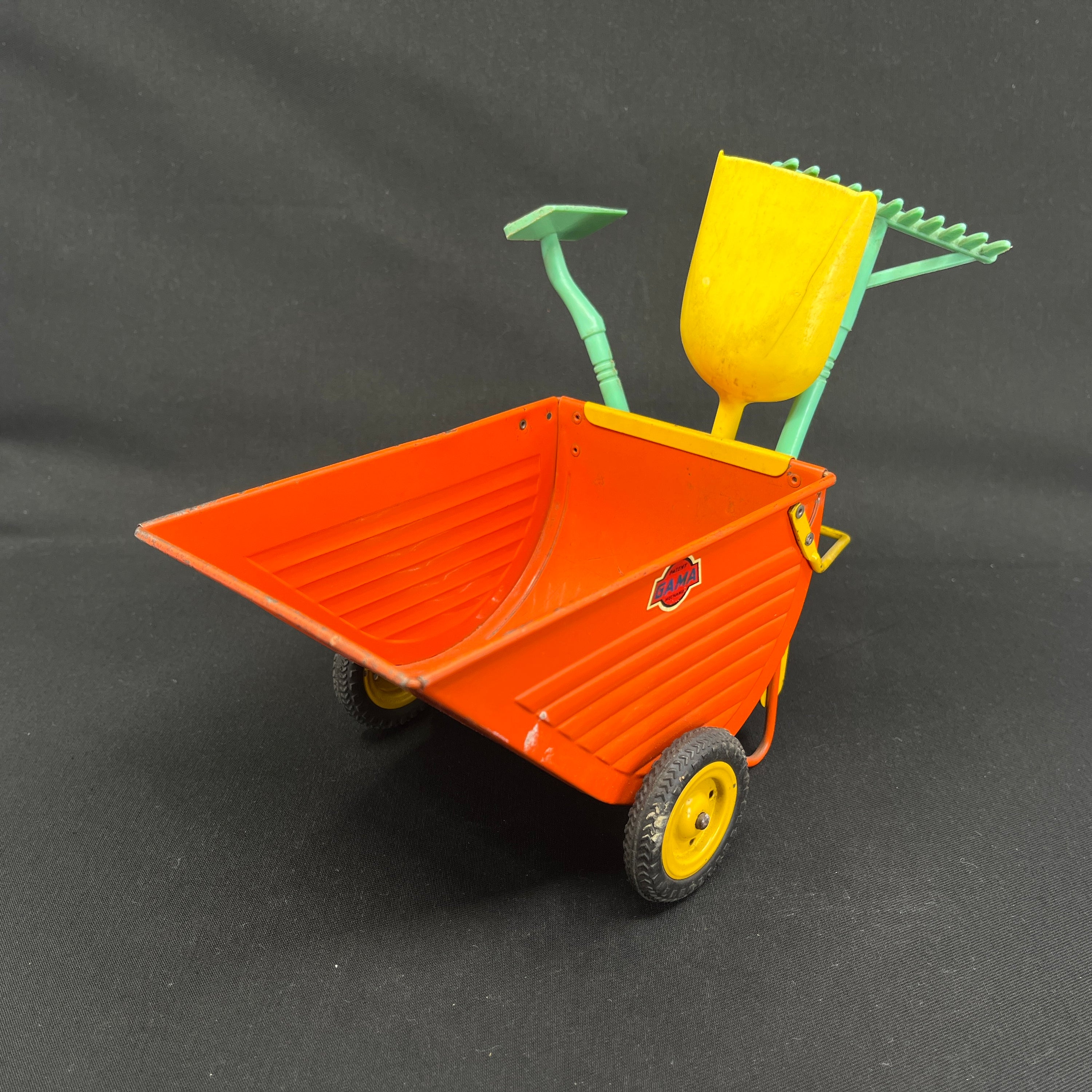
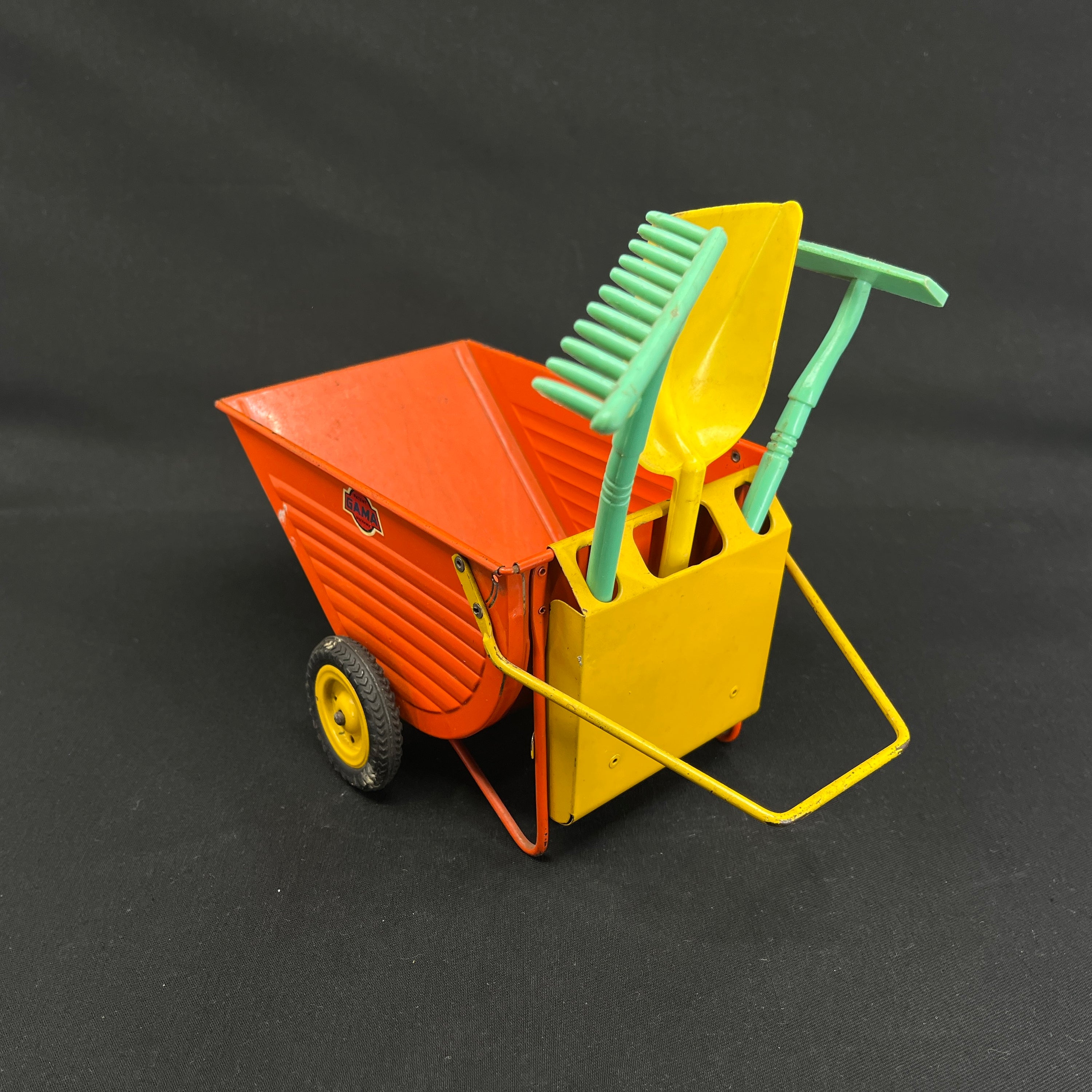 600,00 kr
600,00 kr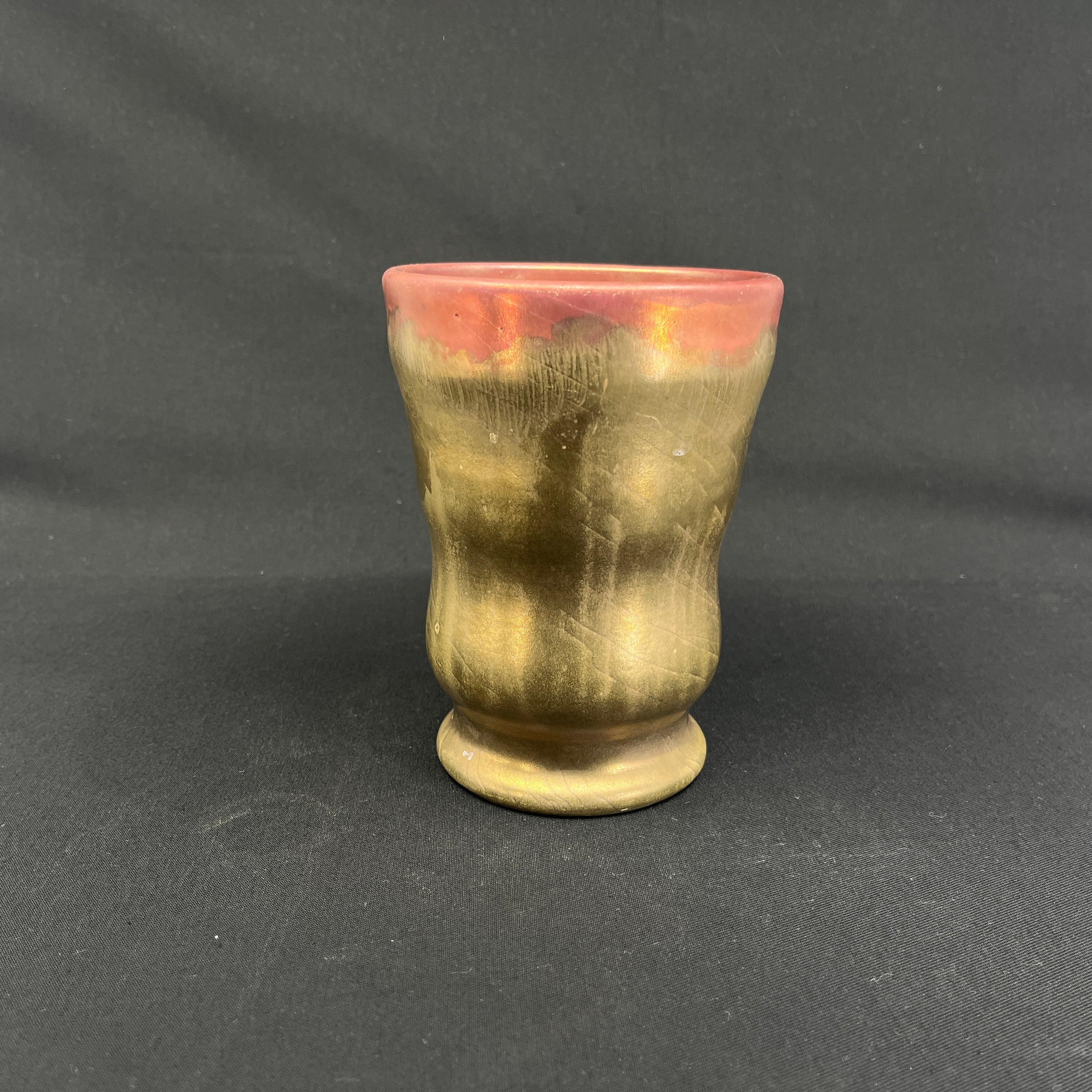
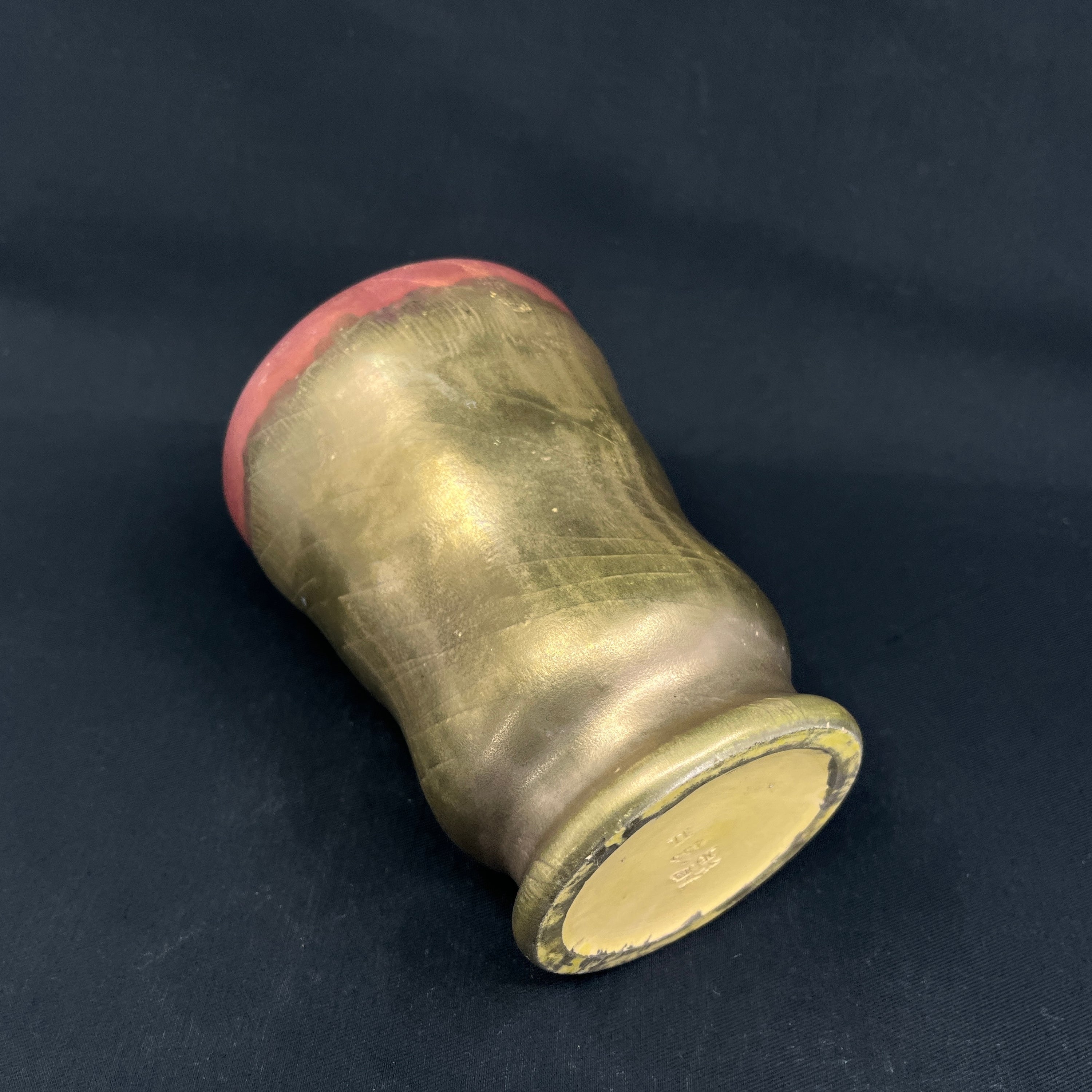 2.800,00 kr
2.800,00 kr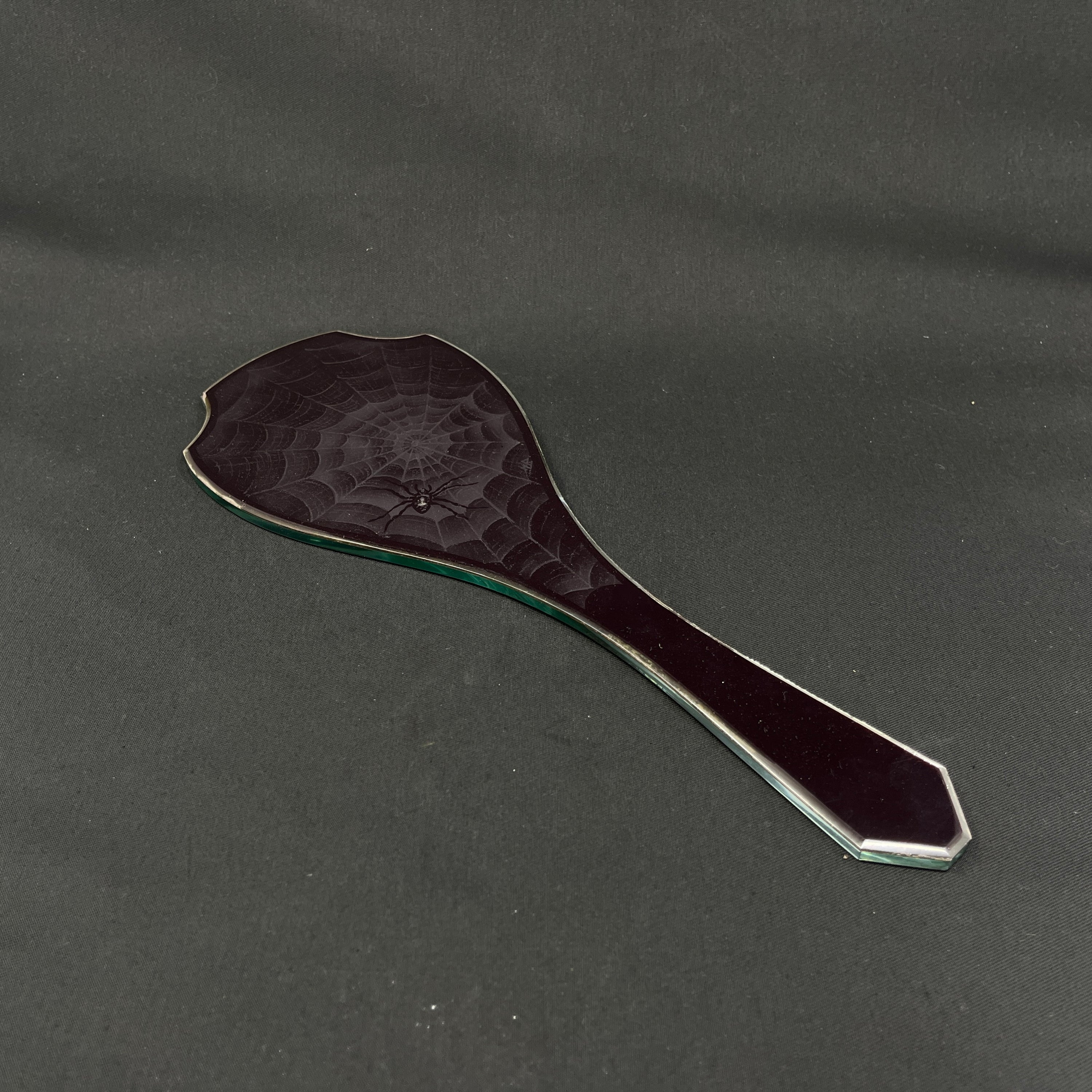
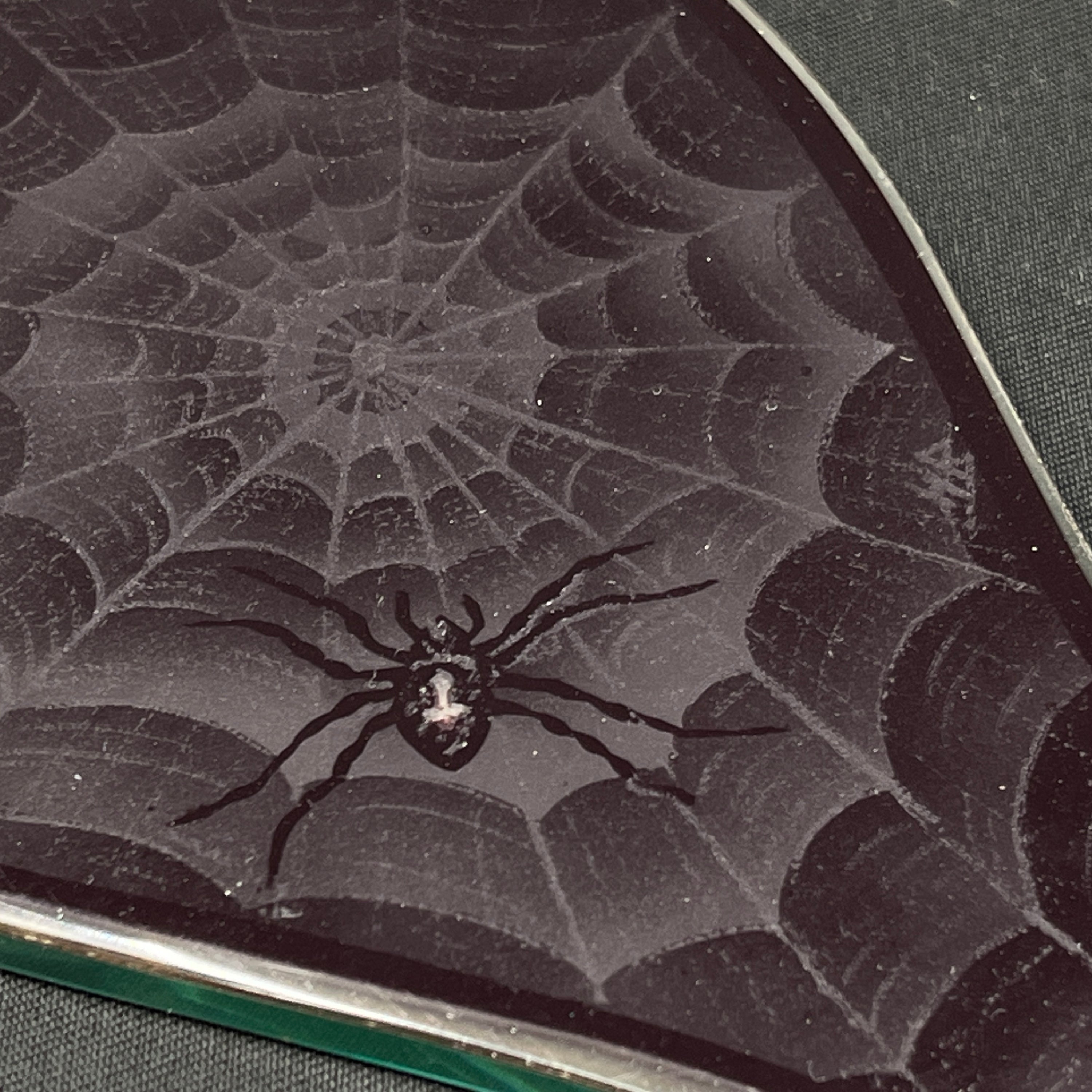 7.500,00 kr
7.500,00 kr
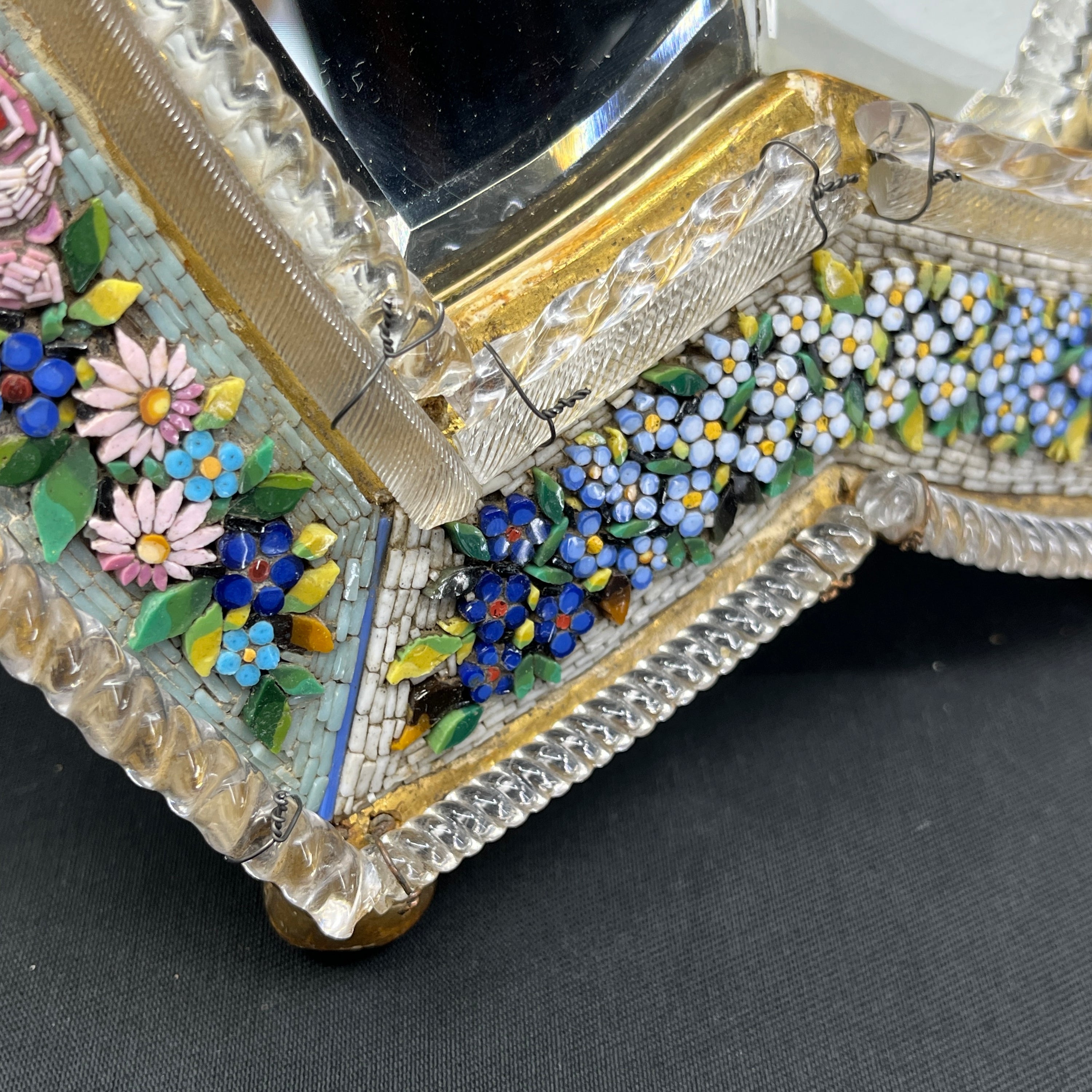 16.500,00 kr
16.500,00 kr























































